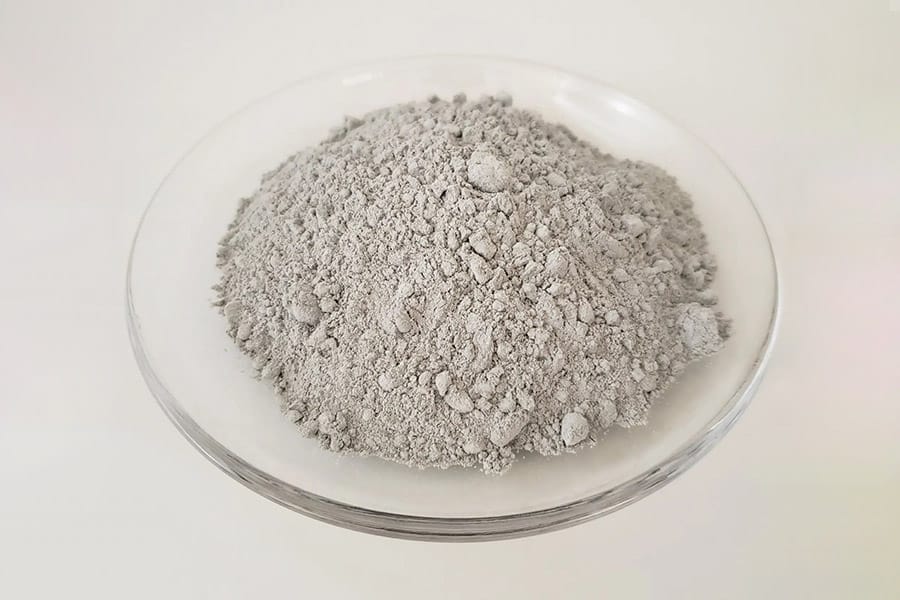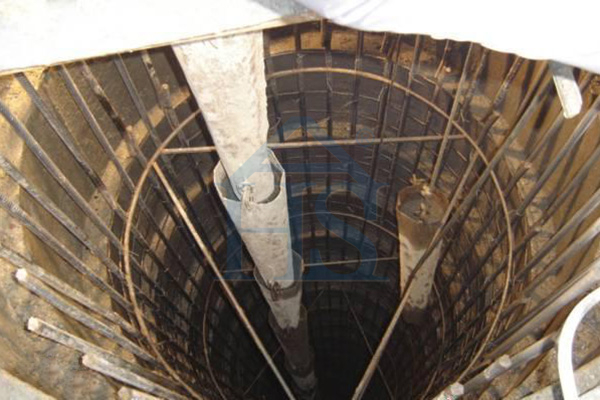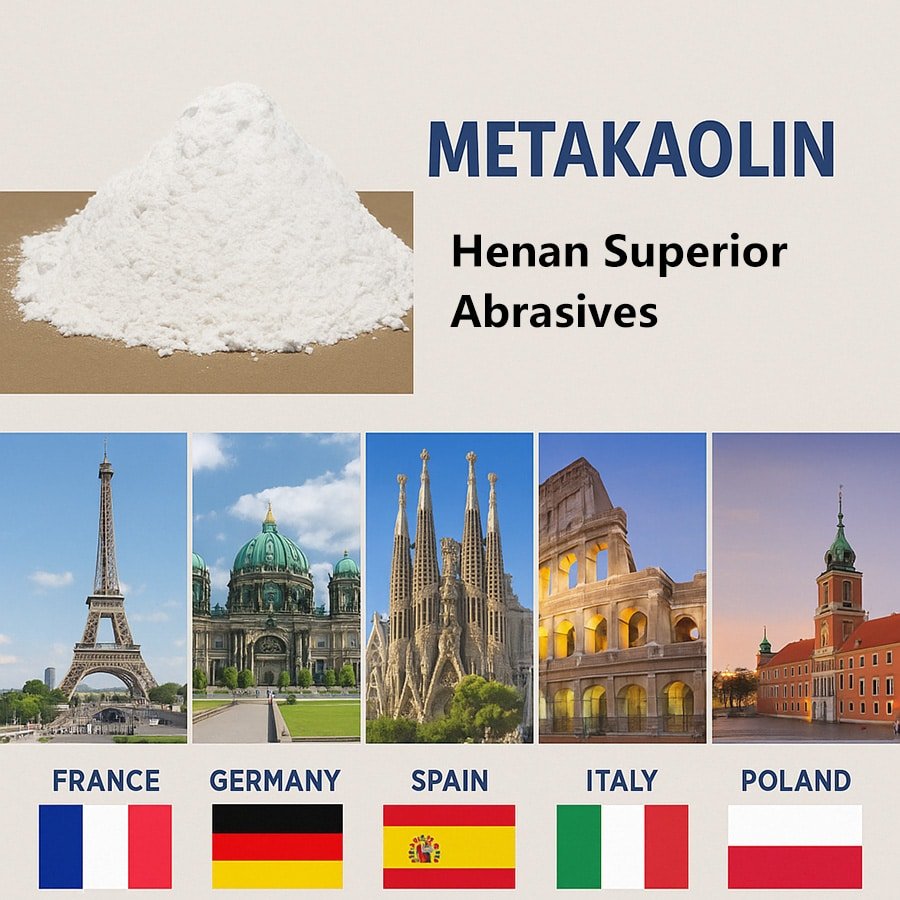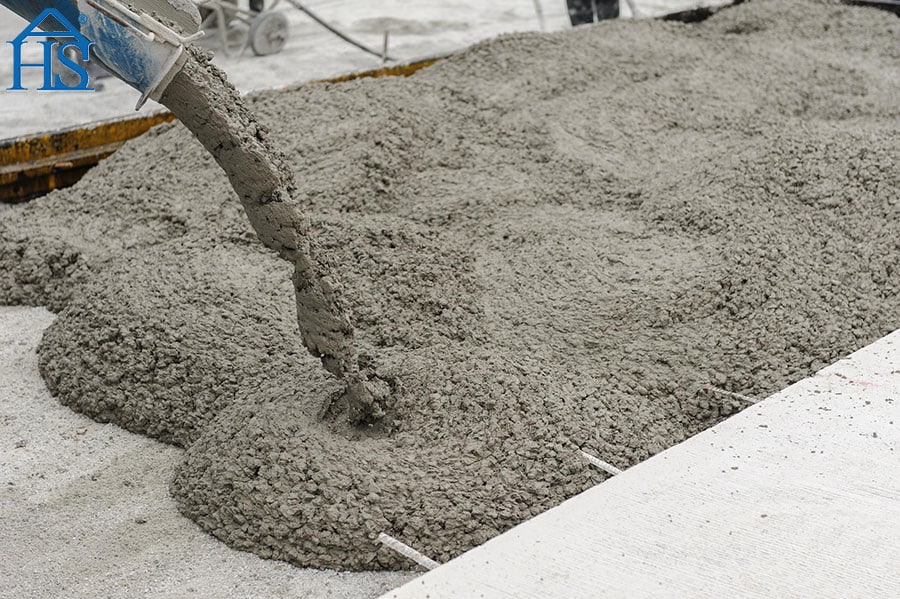Silica fume, còn được gọi là microsilica, là một loại bột hạt mịn được sản xuất như một sản phẩm phụ của quá trình sản xuất kim loại silicon từ thạch anh. It is composed of amorphous silica (SiO2) có diện tích bề mặt riêng cao (SSA) of up to 250 m2 / g. Silica fume has a number of properties that make it useful in a variety of applications, bao gồm bê tông, Vật liệu chịu lửa, và vật liệu tổng hợp.
The formation of silica fume occurs when silicon tetrachloride (SiCl4) gas is injected into a hot furnace (typically at temperatures of 1600-1800°C). The SiCl4 gas reacts with the hot furnace atmosphere to form SiO gas, which then condenses to form silica fume particles. The size and properties of the silica fume particles are affected by a number of factors, including the temperature of the furnace, the concentration of oxygen and carbon dioxide in the furnace atmosphere, and the presence of other gaseous species.
The Effect of Oxygen Concentration
Oxygen concentration plays a vital role in silica fume formation. Higher oxygen levels promote the oxidation of silicon compounds, allowing for the formation of silica fume particles with specific characteristics. Research indicates that oxygen concentration directly influences particle size, diện tích bề mặt, and chemical composition of silica fume.
Effect on Particle Size and Specific Surface Area
Increased oxygen concentration generally leads to the production of smaller silica fume particles. Higher oxygen levels facilitate more complete combustion of silicon compounds, resulting in finer particles upon oxidation and cooling. Ngoài ra, elevated oxygen concentration correlates with an increased specific surface area of the silica fume particles. A higher specific surface area enhances the pozzolanic reactivity of silica fume in cementitious systems, ultimately improving concrete strength and durability.
Effect on Chemical Composition
Oxygen concentration affects the chemical composition of silica fume by influencing the extent of oxidation during its formation. Higher oxygen levels favor the conversion of silicon compounds into amorphous silica, increasing the silica content in the fume. This enhanced silica content contributes to the pozzolanic activity of silica fume, making it an effective supplementary cementitious material in concrete.
The Effect of Carbon Dioxide Concentration
Carbon dioxide concentration is another critical factor in silica fume formation. During the reduction process, carbon dioxide can react with silicon compounds, influencing the characteristics of the resulting silica fume.
Effect on Particle Size and Specific Surface Area
Carbon dioxide concentration tends to have a minimal impact on silica fume particle size and specific surface area. Unlike oxygen, carbon dioxide’s influence on particle formation is less pronounced. Tuy nhiên, its role in the formation process requires further investigation to fully understand its effects on silica fume properties.
Effect on Chemical Composition
Carbon dioxide concentration can influence the chemical composition of silica fume by potentially incorporating carbon into the silica structure. This could lead to changes in the reactivity and performance of silica fume in concrete applications. Tuy nhiên, the extent of carbon incorporation and its consequences necessitate more comprehensive research.
The Effect of Other Gaseous Species
Aside from oxygen and carbon dioxide, other gaseous species also impact silica fume formation. Notably, water vapor and sulfur dioxide can influence the process and properties of silica fume.
Effect of Water Vapor
Water vapor can impact the formation of silica fume by participating in hydrolysis reactions with silicon compounds. These reactions could affect particle size, diện tích bề mặt cụ thể, and chemical composition. While water vapor’s influence is recognized, its intricate interactions with the formation process warrant further exploration.
Effect of Sulfur Dioxide
Sulfur dioxide presence in the furnace atmosphere can alter the oxidation process of silicon compounds, potentially leading to the formation of crystalline silica instead of amorphous silica. This change could hinder the pozzolanic reactivity of the resulting fume. Như vậy, controlling sulfur dioxide emissions is crucial to ensure the quality of silica fume.
Sự kết luận
Tóm tắt, gas atmospheres significantly influence the formation of silica fume and subsequently affect its properties. Oxygen concentration plays a pivotal role in determining particle size, diện tích bề mặt cụ thể, and chemical composition. Carbon dioxide concentration and other gaseous species also have discernible effects, although more research is needed to comprehensively understand their impact. The complex interplay between these gases during silica fume formation underscores the need for continued investigation to optimize the production process and enhance the material’s performance in concrete applications.





